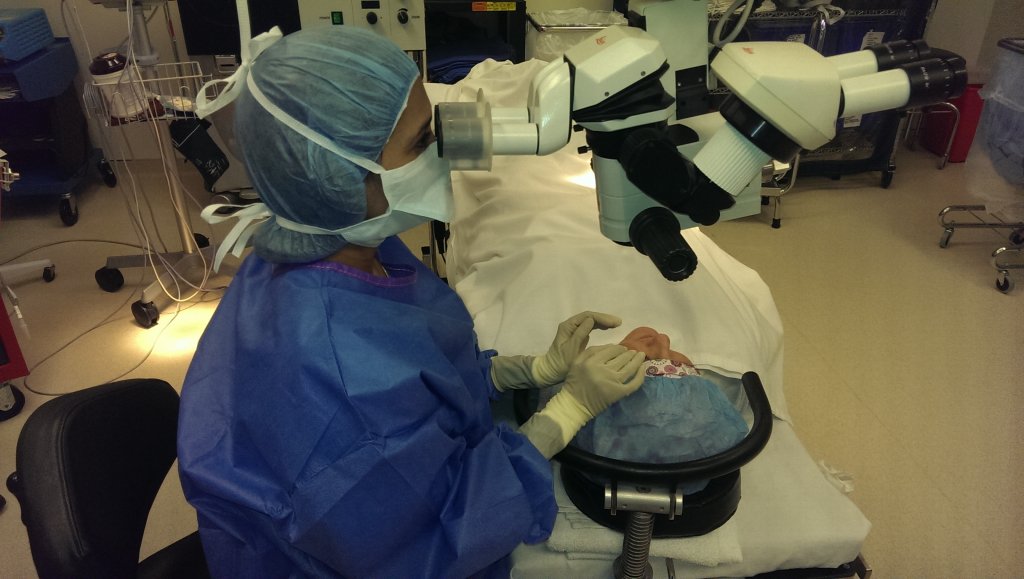Cataracts
What is a cataract?
A cataract is a clouding of the normally clear lens of the eye. This clouding, in most cases, is a normal aging process.
What is the lens?
The lens is a clear part of the eye that helps to focus light, or an image, on the retina.
The lens must be clear for the retina to receive a sharp image. If the lens is cloudy from a cataract, the image you see will be blurred.
How can cataracts affect my vision?
Cataracts tend to “grow” slowly, so vision may get duller or blurrier. Also, the clear lens slowly changes to a yellowish/brownish color, adding a brownish tint to vision.
What are the symptoms of a cataract?
The most common symptoms of a cataract are:
Cloudy or blurry vision.
Colors seem faded.
Glare. Headlights, lamps, or sunlight may appear too bright or with a halo.
Poor night vision.
Double vision or multiple images in one eye.
How is a cataract detected?
Cataract is detected through a comprehensive eye exam.
Treatment
How is a cataract treated?
The symptoms of early cataract may be improved with new eyeglasses. If these measures do not help, surgery is the only effective treatment.

Dr. Heeral Shah performing cataract surgery
What is cataract surgery?
Phacoemulsification. A small incision is made on the side of the cornea. Your doctor inserts a tiny probe into the eye. This device emits ultrasound waves that soften and break up the lens so that it can be removed by suction.
After the natural lens has been removed, it often is replaced by an artificial lens, called an intraocular lens (IOL).
We currently offer two different cataract surgeries – Conventional and Laser Assisted Cataract Surgery. The video below offers a brief description of both.
What are the risks of cataract surgery?
As with any surgery, cataract surgery poses risks, such as infection and bleeding.
When will my vision be normal again?
You can return quickly to many everyday activities, but your vision may be blurry. The healing eye needs time to adjust so that it can focus properly with the other eye, especially if the other eye has a cataract. Ask your doctor when you can resume driving.
